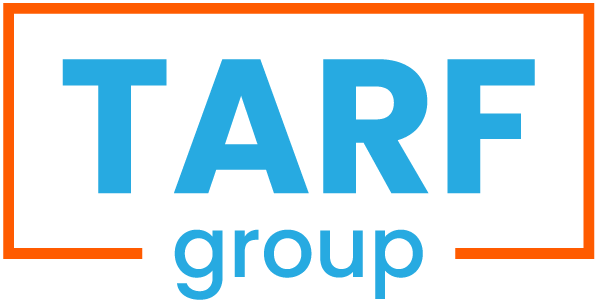VMS Boards – Variable Message Signs
Variable Message Signs, or VMS Boards, have become a common sight on our roads and highways. These electronic signs, also known as dynamic message signs, are used to display important and real-time traffic information to drivers. They have become an essential tool for transportation agencies in managing traffic flow and promoting safer driving habits.
What are VMS Boards?
VMS Boards are electronic displays that can change their message or information according to the current traffic situation. They are typically placed along highways, urban roads, and intersections to provide drivers with crucial information such as traffic conditions, accidents, detours, road closures, and even weather updates. These signs are usually made up of LED lights, making them visible in any weather conditions and at any time of the day.
How do VMS Boards work?
VMS Boards are controlled and managed by a central system that collects and processes data from various sources such as sensors, cameras, and other traffic management systems. This information is then used to generate messages and display them on the signs. The messages can be customized and changed in real time according to the traffic situation, ensuring that drivers are always presented with up-to-date and accurate information.
Advantages of VMS Boards
The use of VMS Boards has revolutionized traffic management and has numerous benefits, some of which include:
1. Increased safety: By providing drivers with real-time information about accidents, road closures, and other hazards, VMS Boards help improve safety on the roads. Drivers can make more informed decisions, avoiding potential dangers and reducing the risk of accidents.
2. Efficient traffic flow: With the ability to change and adapt messages in real-time, VMS Boards help transportation agencies manage traffic flow more effectively. By providing alternative route suggestions, they can help reduce congestion and improve the overall travel time for drivers.
3. Improved communication: VMS Boards also serve as a means of communication between transportation agencies and the public. They can be used to inform drivers of upcoming events, construction projects, or other important announcements.
4. Cost-effective: The use of VMS Boards has proven to be a cost-effective method of managing traffic compared to traditional methods such as traffic personnel and physical road signs. These signs require minimal maintenance, and their messages can be changed remotely, saving time and resources.
Limitations and Challenges
While VMS Boards have numerous advantages, there are also some limitations and challenges associated with their use. The main challenge is the cost of installation and maintenance, as these signs require advanced technology and constant monitoring. In addition, technical difficulties and malfunctions can occur, leading to inaccurate messages being displayed, which may cause confusion and potential hazards for drivers.
In Conclusion
VMS Boards have become an indispensable tool for transportation agencies in managing traffic and promoting safer driving habits. As technology continues to advance, these signs are becoming more efficient and effective in providing real-time information to drivers. While there may be challenges associated with their use, the benefits outweigh them, making VMS Boards an essential part of our road infrastructure.

